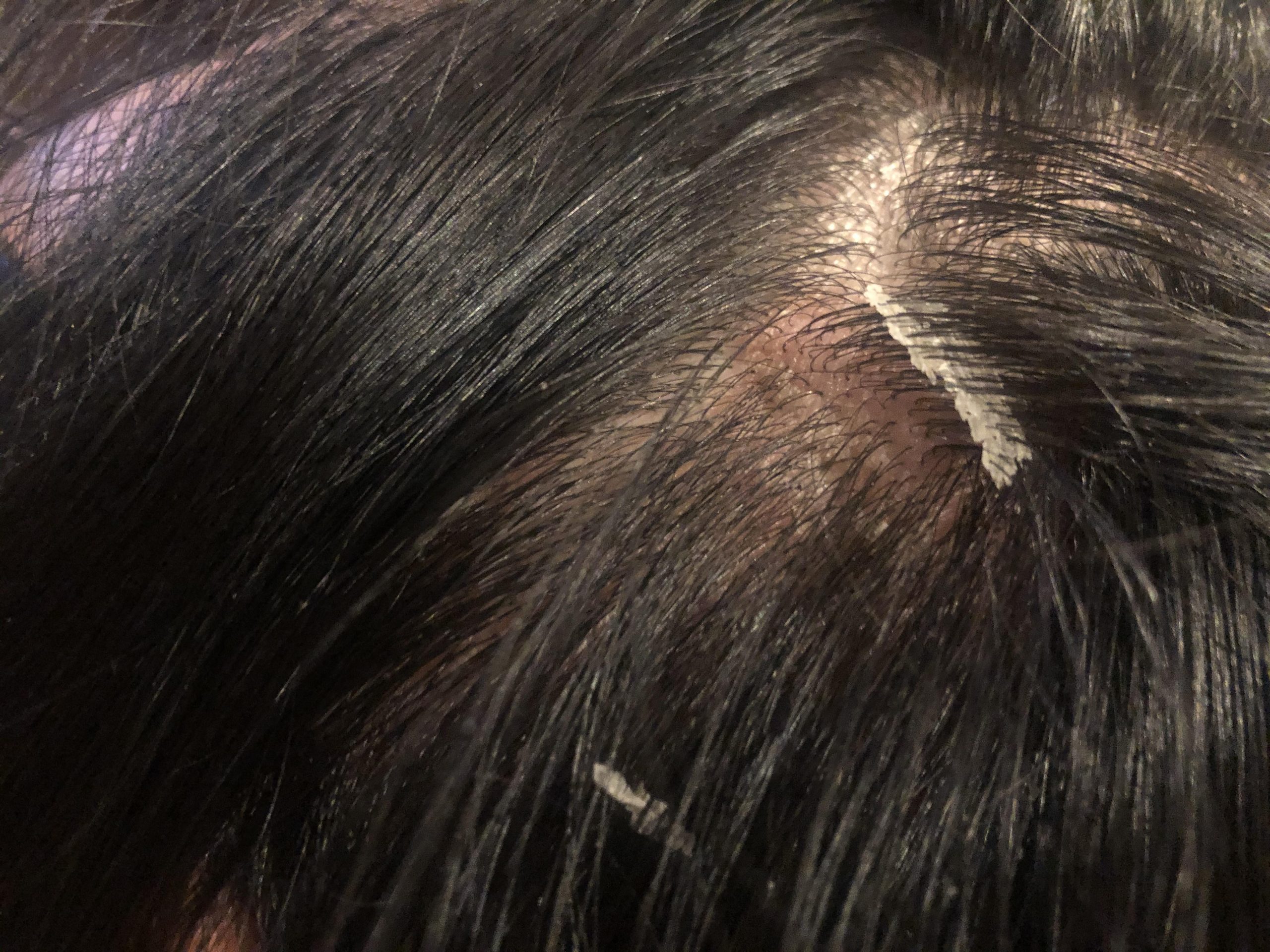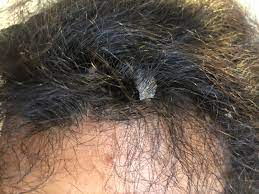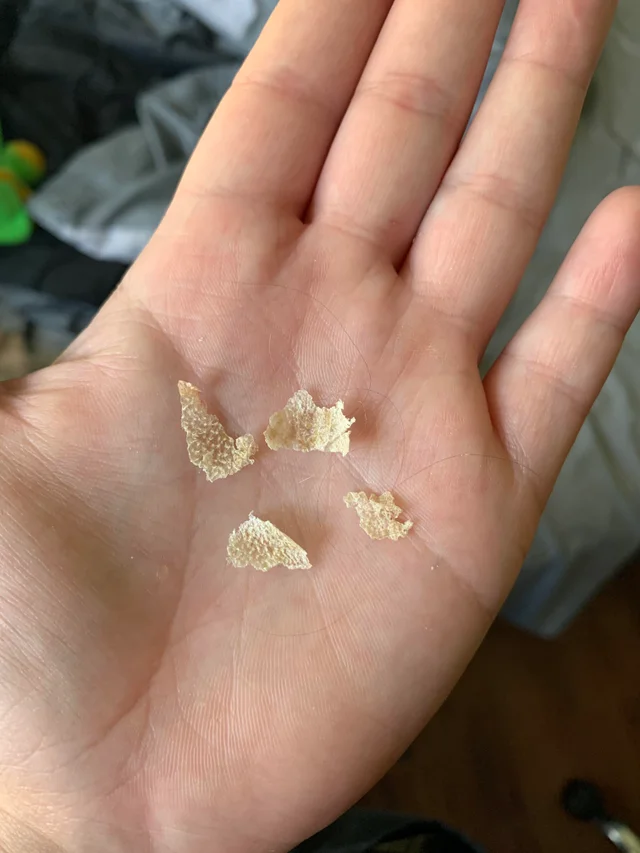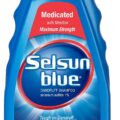What is dandruff?
Dandruff (also known as seborrheic dermatitis) is the excess shedding of the top layer of the skin on the scalp, eyebrows, or along the sides of the nose. This top layer of skin consists of dead cells, which protect the more fragile cells below. It is normal for these to be shed or rubbed off because the body is constantly producing new cells that simply move up to replace older ones. However, in dandruff, larger “scales” are shed at an increased rate.
Dandruff is primarily an aesthetic problem, which many people find unattractive or embarrassing. There is nothing medically serious about it. It will not lead to baldness, and it is not contagious. Itching may accompany dandruff. Usually, hair follicles (roots of the hair shafts) do not become infected
Dandruff occurs as frequently in men as in women. It tends to increase in adolescence and young adulthood and decrease thereafter. Those who have acne or oily skin also tend to have more problems with dandruff. It affects up to 42% of infants and 1–3% of adults worldwide.
Dandruff usually improves during the summer months, unless the weather is exceptionally hot and humid. Exposure to natural sunlight and a reduction in stress may help to control it.
What causes dandruff?
Most people experience dandruff at some point in their lives, but it is more common from the teenage years up to midlife. There are various possible causes, including seborrheic dermatitis, allergic reactions, psoriasis, and eczema. An overreaction to Malassezia, a yeast that occurs on the scalp, is among the causes of seborrheic dermatitis.
Various factors increase the risk of developing dandruff, including a person’s age, the weather, stress levels, medical conditions, and choice of hair products.
Poor hygiene is not a factor, but the flakes may be more visible if a person does not wash or brush their hair often. People often feel self-conscious about dandruff, but help is available.
What Are the Signs & Symptoms of Dandruff flakes?
Common signs and symptoms of dandruff include:
- white flakes of dead skin in your hair and on your shoulders
- red, crusty, or raw areas on your scalp
- an itchy scalp
What’s the Biggest Dandruff Flake Ever?
Dandruff results from the abnormal proliferation of a micro-organism from the Malassezia family, which is a yeast. This phenomenon causes skin cells in the epidermis to renew much too quickly. Malassezia thrives more on oily skin leading to more clumps on your scalp, forming large dandruff or patches that fall off or become sticky. Dry skin can lead to small flakes on your scalp.
Although there are no records of the largest dandruff flake ever found or removed, stubborn plaques on the scalp, measuring one to two centimeters across have been reported. When large clumps of cells are shed, visible flakes may be seen on the shoulders, especially when wearing dark clothing or on the scalp as the hair traps the scaling skin.
How To Get Rid Of Big Dandruff Flakes
According to the American Academy of Dermatology, the most effective way to treat and control dandruff is to use dandruff shampoo and scalp treatments. Follow these tips from dermatologists to get the best results:
- Follow the instructions on the dandruff shampoo bottle. There are many different dandruff shampoos, and each contains different active ingredients for controlling symptoms. To get the best results, always follow the instructions on the bottle. For example, some dandruff shampoos require that you lather the shampoo into the hair and scalp and leave the shampoo in for about five minutes before rinsing. Others should not be left on the scalp.
- If you are Caucasian or Asian, shampoo daily and use dandruff shampoo twice a week. If using one dandruff shampoo does not bring relief, try alternating between dandruff shampoos with different active ingredients.
- If you are African-American, only shampoo once a week using a dandruff shampoo. See a board-certified dermatologist for the best product recommendation for your hair type.
- Be careful when using a dandruff shampoo that contains coal tar. Tar shampoo can discolor blonde, grey or white hair, so if you have light-colored hair, you may want to choose a different dandruff shampoo. Tar shampoo also has the potential to make your scalp more sensitive to sunlight. If you use this type of dandruff shampoo, it’s important to protect your scalp from the sun by wearing a hat when outdoors and seeking shade whenever possible.
For most people, dandruff does not require medical attention. However, sometimes the flaking and itching that appears like dandruff is actually a medical condition, such as seborrheic dermatitis, psoriasis, fungal infections of the scalp, or eczema.
If you continue to have symptoms after using a dandruff shampoo, consult a board-certified dermatologist. A dermatologist can properly diagnose your condition and recommend a treatment plan that best meets your needs.








